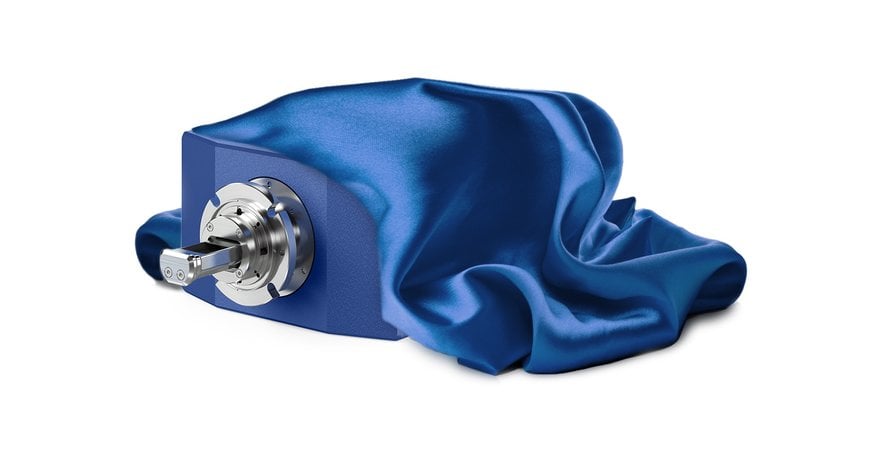electronics-journal.com
03
'22
Written on Modified on
DECTRIS is proud to introduce its latest development
DECTRIS ARINA, a new hybrid-pixel electron detector designed for 4D STEM applications. This detector model was first presented to the community at the M&M 2022 in Portland and will be available for ordering in summer 2023.

In the meantime, DECTRIS will continue its collaboration with industrial and academic partners to finalize the detector’s integration and fine-tune its performance.
16 years ago, hybrid-pixel detectors brought more speed to X-ray analyses. Today, these detectors are gaining popularity in the field of Electron Microscopy (EM). And yet, it seems that we all want more speed! Your wish is DECTRIS’ best challenge!
ARINA is the fastest detector that DECTRIS has ever made. It features a completely new ASIC, specifically developed for fast performance. With 192 x 192 pixels, this detector features speeds up to 120,000 frames per second and will count every single electron. In addition, DECTRIS’ team made sure that the high speed is paired with the excellent sensitivity that is typical of hybrid-pixel detectors.
Preliminary Specifications
This detector was designed to empower a fast-growing field of 4D STEM techniques: from ptychography and strain mapping to virtual STEM imaging at conventional dwell times. It performed exceptionally well during in-house experiments, and the DECTRIS team is eager to see experimental data from the scientific community.

4D STEM experimental results with DECTRIS ARINA detector at 200 kV. Data was collected with 10 μs acquisition time per pixel. Top-left: Virtual Bright Field STEM image. Center: Local electric fields visualization with differential phase contrast (DPC). Bottom-right: Integrated center of mass (iCoM) reconstruction indicating local atomic potentials for Sm and B atoms. Overlay: atomic structure of SmB6 along the <110> zone axis, with Sm as red and B as green spheres. Acknowledgement: Mingjian Wu, Friedrich-Alexander-Universität Erlangen-Nürnberg (FAU), and Elisabeth Müller and Emiliya Poghosyan, Paul Scherrer Institute (PSI).
ARINA is compatible with microscope models from different manufacturers and can be delivered with either a silicon (Si) or a high-Z sensor, based on your experiment’s energy range. Detectors will be available to order in 2023.
www.dectris.com

